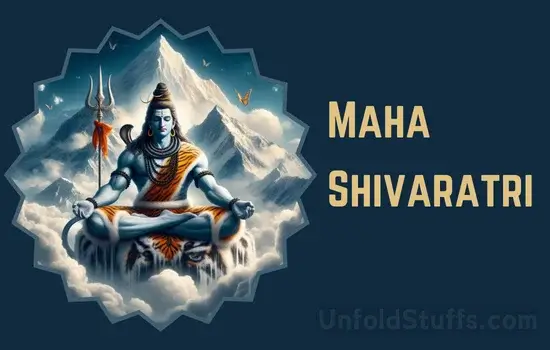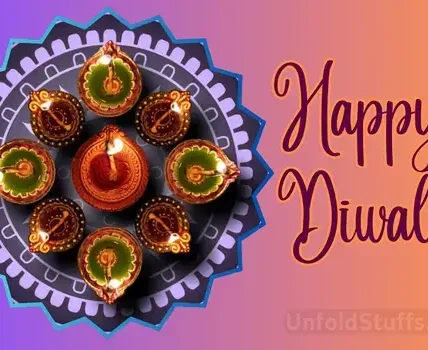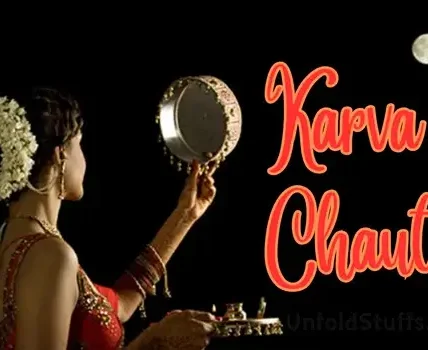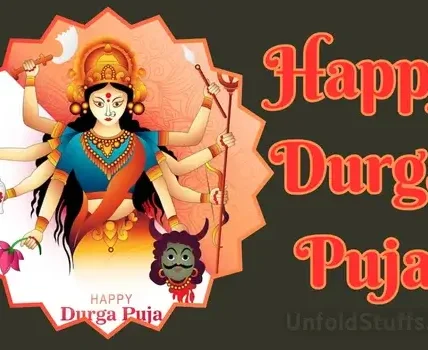Maha Shivratri, a significant Hindu festival, is dedicated to Lord Shiva, the deity associated with destruction and regeneration. Celebrated annually, it falls on the 14th day of the dark fortnight in the month of Phalgun and this year it falls on 08th March 2024. Devotees observe fasts, visit Shiva temples, and offer prayers, seeking blessings for strength, wisdom, and inner peace. In today’s article I am going to share everything related to Maha Shivratri 2024 either it’s date, shubh muhurat & puja timing etc.
Devotees adorn Shiva lingams with water, milk, and Bilva leaves, signifying purification and devotion. Maha Shivratri also serves as a reminder of the cosmic dance of Lord Shiva, known as the “Tandava,” representing the eternal cycle of creation, preservation, and destruction.
Maha Shivaratri 2024 Puja Date and Time
Mahashivratri 2024 |
||
| Event | Date & Time | Day |
| Mahashivratri | 08th, Marc 2024 | Friday |
| Nishita Kaal Puja Time | 12:07 AM to 12:56 AM on March 09, 2024 | Saturday |
| Ratri First Prahar Puja Time | 06:25 PM to 09:28 PM on March 09, 2024 | Saturday |
| Ratri Second Prahar Puja Time | 09:28 PM to 12:31 AM on March 09, 2024 | Saturday |
| Ratri Third Prahar Puja Time | 12:31 AM to 03:34 AM on March 09, 2024 | Saturday |
| Ratri Fourth Prahar Puja Time | 03:34 AM to 06:37 AM on March 09, 2024 | Saturday |
| Chaturdashi Tithi Begins | 09:57 PM on March 08, 2024 | Friday |
| Chaturdashi Tithi Ends | 06:17 PM on March 09, 2024 | Saturday |
Facts About Maha Shivratri 2024
Check All Hindu Festival Date, Shubh Muhurat & Puja Timing |
||||
| Akshay Tritiya | Durga Puja | Holi | Krishna Janmaashtami | Rath Yatra |
| Bhogi | Dussehra | Holika Dahan | Magh Purnima | Teej |
| Chhath | Ganesh Chaturthi | Kalash Sthapana | Maha Shivaratri | Tulsi Vivah |
| Dasha Mata | Govardhan | Kanya Pujan | Makar Sankranti | Ugadi |
| Dhanteras | Gudi Padwa | Kartika Purnima | Nag Panchami | Vasant Panchami |
| Diwali | Hanuman Jayanti | Karva Chauth | Raksha Bandhan | |
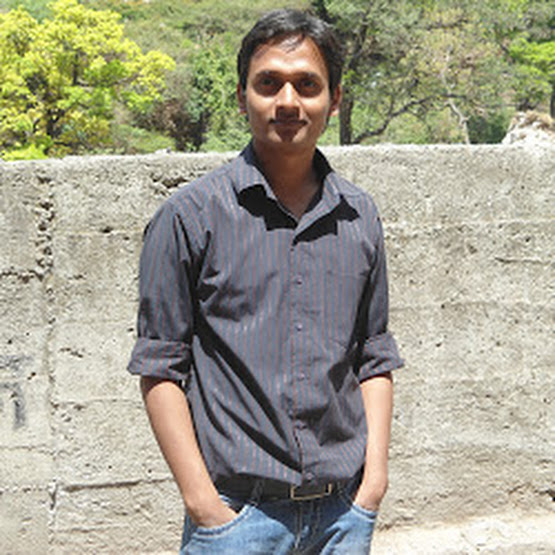
Santosh Kumar is an editor at unfoldstuffs.com and a professional content writer. With years of experience he is passionate for creating engaging, informative and impactful topics.
